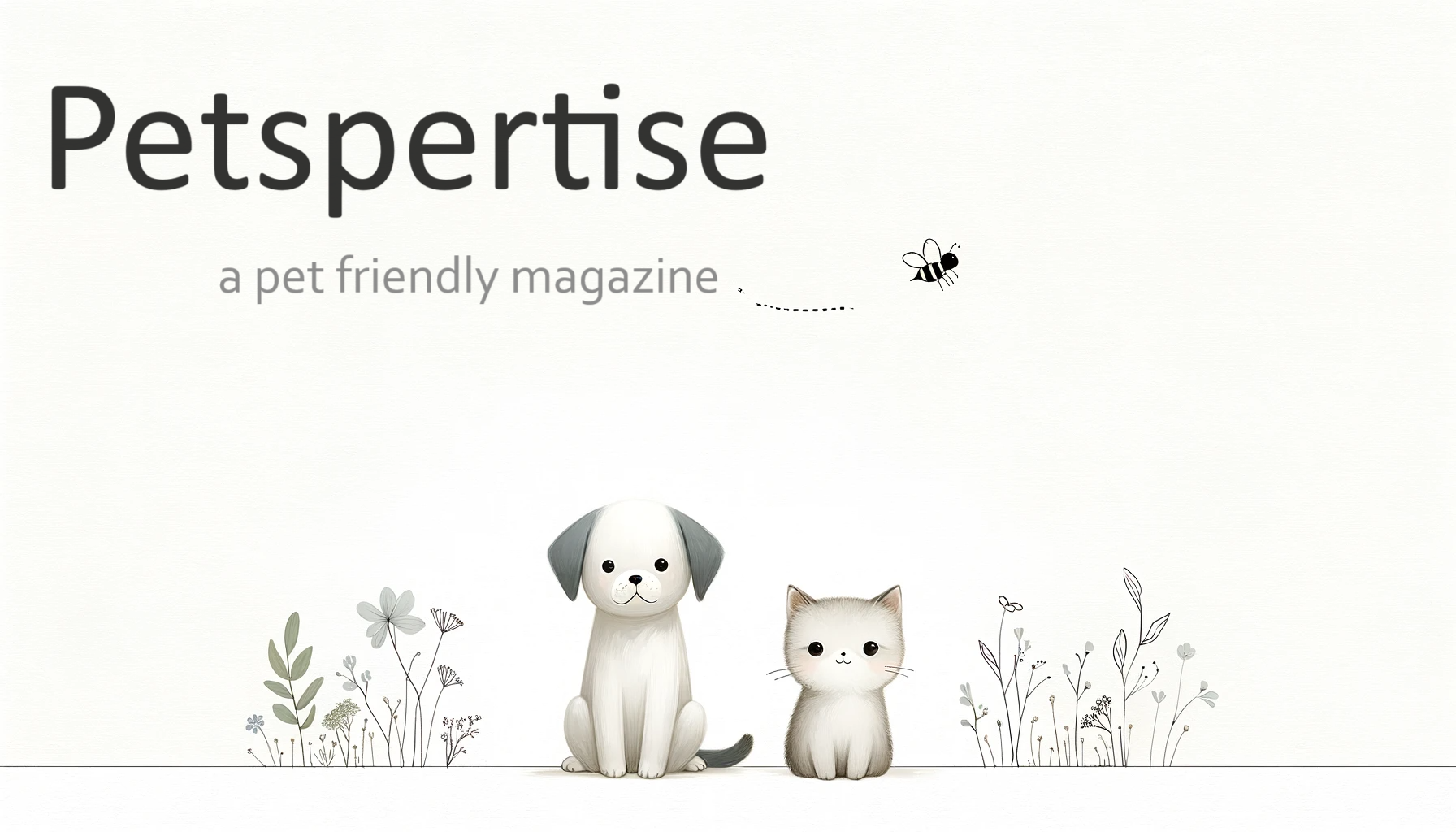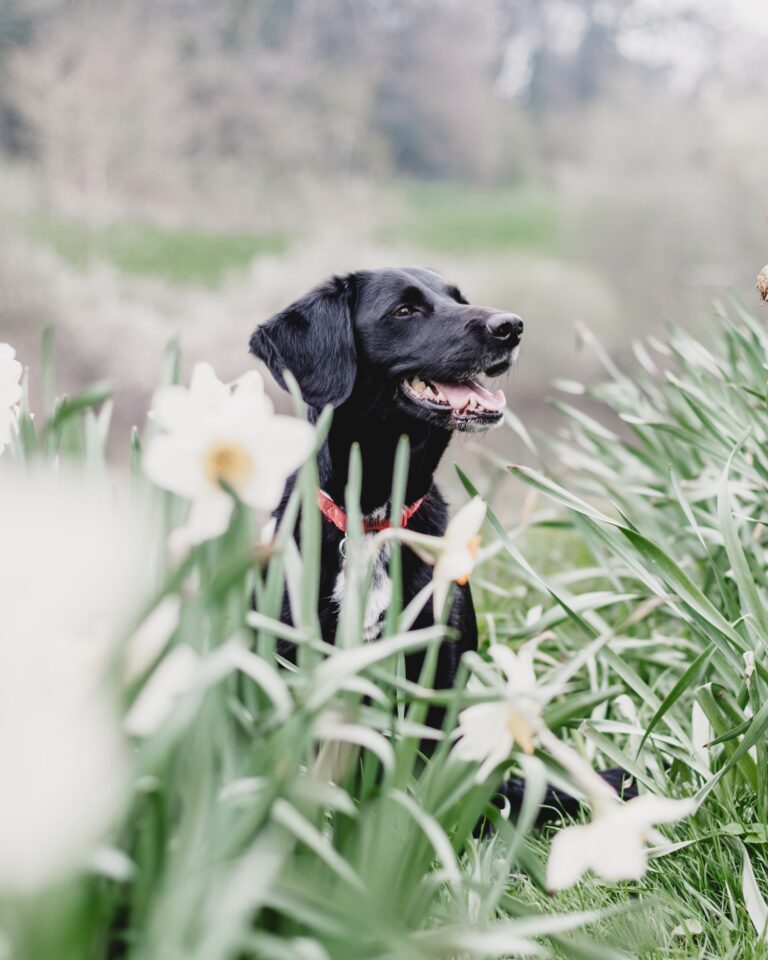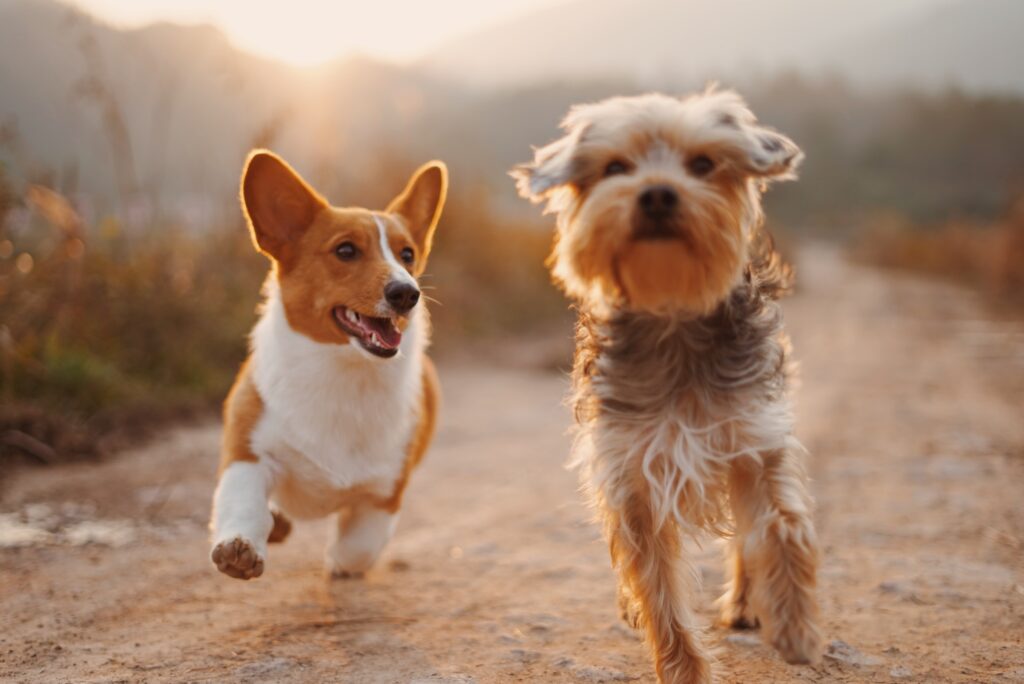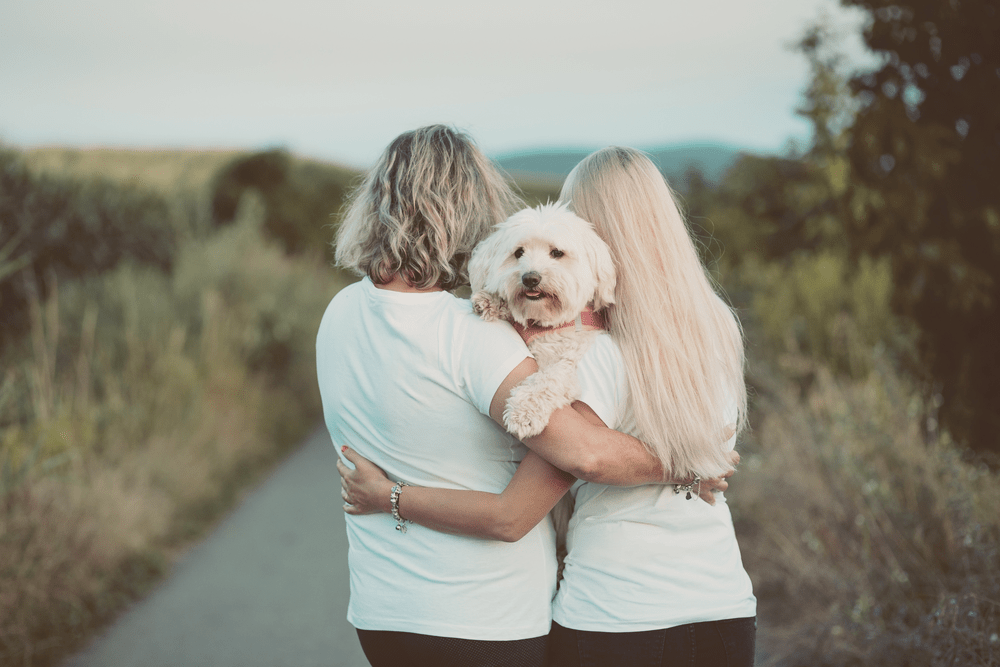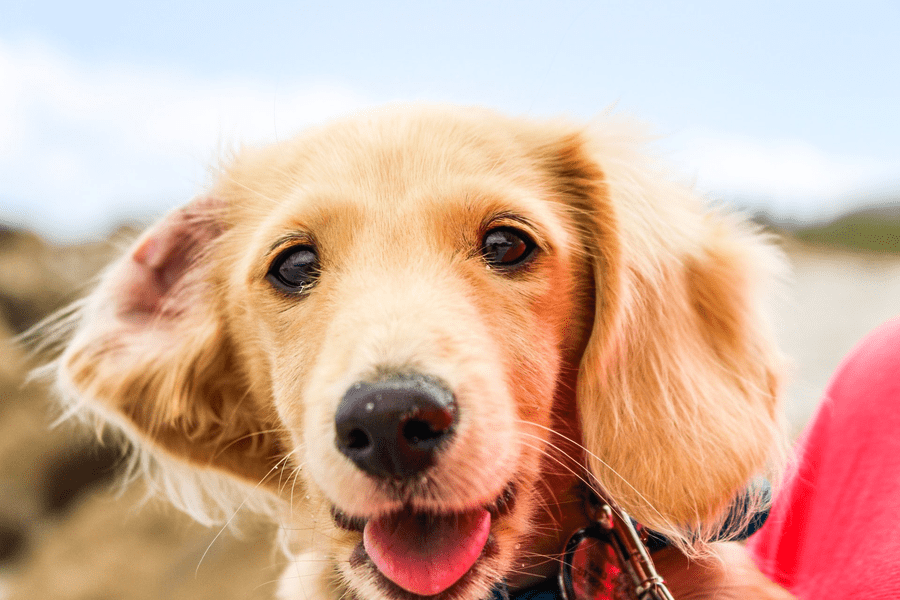Can Dogs Be Affected By Poison Ivy?
Taking our dogs on long summer walks is a lovely way to spend the day. Lots of fresh air and exercise combined with the beauty of nature is the perfect recipe to keeping any dog happy. Nature offers its beauty in many forms. From spring’s new blooms and fall’s exquisite array of colors to winter’s magic and floral summer smells.
But traveling into the great outdoors poses some risks. One of the biggest issues you can encounter is poisonous plants such as poison ivy. Which raises the question, can dogs be affected by poison ivy?
What Is Poison Ivy?
Poison ivy is a type of allergenic plant and it is known for causing an itchy, irritating, and painful rash in most people who touch it with their skin. Dogs can also be affected by poison ivy.
NERDY EXPLANATION: Rhus (Sumac) Toxicodendron is an evergreen shrub native to North America. Approximately 30 species exist, most of them in Asia. Most are toxic plants, and many contain urushiol oil, which causes contact dermatitis in humans (a gross itchy and painful skin rash). The scientific name comes from the Greek words Toxicon (poison) and dendron (tree).
Fun Fact: Poison ivy is not actually an ivy but rather part of the cashew and pistachio family. This weed like plant is very common in Asia and North America and it can be found on most of your favorite hiking trails and forests.
How To Identify Poison Ivy
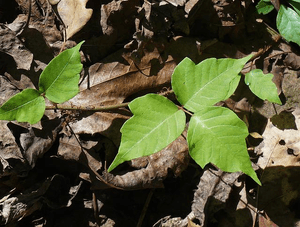
By now you may have heard the saying “leaves of three let it be”. The saying refers to the plant’s three green leaves allowing people to identify the plant easier. Some leaves have smooth edges, while others have jagged edges. Poison ivy is green in color with leaflets that are pointy at the tips.
Can Dogs Be Affected By Poison Ivy?
Yes dogs can be affected by poison ivy but it’s rare. This is because your dog’s fur acts as a shield between their skin and the poison ivy plant. Dogs with very short fur and/or sensitive skin are more likely to be affected by poison ivy and Poison Oak say veterinarians. If you suspect that your furry friend is suffering from a reaction to poison ivy, it is best practice to visit the vet for a thorough examination.
Since it is rare for dogs to be affected by poison ivy, it is more likely that the dog is suffering from another condition such as Skin Mites, contact allergy to other plants or some other type of allergies. Once the Vet examines the dog, they will determine the right kind of medication and treatment.
TIP: The majority of skin medications are not available over-the-counter, which makes veterinary care essential.
How To Treat A Poison Ivy Reaction In Dogs
If your dog develops a poison ivy rash, the most effective at-home treatment is to bathe him/her with an oatmeal-based dog shampoo.
Medicated oatmeal treatment dog shampoos like OxyMed are a good place to start. Medicated treatments are formulated to help heal common skin conditions such as seborrhea, scaling, flaking, eczema, hot spots, flea bite dermatitis and dandruff. Look for something that is soap free, paraben free and dye free. These types of treatments penetrate deep into your pet’s pores to exfoliate the skin and restore moisture to help stop itching fast and soothe their skin.
The keywords here are soothe and stop itching. Poison ivy rashes are extremely itchy so alleviating this symptom is very important in preventing the rash from spreading, and from your dog harming his/her skin. Always wear gloves and follow instructions carefully.
Check with your Vet before attempting to treat your dog’s symptoms at home.
Can Dogs Spread Poison Ivy Onto People?
Yes, dogs can spread poison ivy onto humans. Poison ivy contains an oily resin called urushiol. It is possible to transfer the resin from the dog to humans, other dogs, and even surfaces. Rinsing your dog after long hikes is particularly important because poison ivy resin can last 1-5 years on surfaces.
Hopefully you bathe your dog more often than that 😊
Unfortunately, the resin is virtually impossible to detect on your dog. Poison ivy resin is invisible and odorless, so it is a good idea to rinse your dog after every nature walk. The last thing you want to do is snuggle up to your dog and risk getting a painful face rash.
Symptoms Of Poison Ivy Poisoning In Dogs
A dog who is experiencing a reaction to poison ivy may show the following symptoms:
- Red skin
- Itching and inflammation
- Raised bumps
- Blisters or scabs that ooze fluids
- Scratching, licking, or chewing the skin
- Vomiting
- Diarrhea
What Happens If A dog Eats Poison Ivy?
Dogs will eat anything without a second thought and poison ivy is no exception. So, is it the end of the world if our dogs happen to snack on some poison ivy? Poison ivy isn’t particularly poisonous when ingested. Birds, bears, and deer often consume the plant for food. Dogs that consume the plant may experience gastrointestinal upset with symptoms of nausea, diarrhea, and vomiting.
It really isn’t a huge deal but when it comes to our pet’s health it’s better to be safe than sorry, so just give your vet a call and explain the symptoms. Most of the time it is best to let them rest and sleep it off. Keep them hydrated and monitor their condition.
Tips To Prevent Poison Ivy Poisoning In Dogs
There is a higher risk of poison ivy infection in dogs with no fur, short fur, and sensitive skin. To help prevent direct contact with the Plant, follow these tips.
Remove poison ivy from your property
Backyards and gardens can be full of poison You can remove poison ivy the same way you would any other weed.
According to masterclass.com
“You can kill poison ivy without noxious chemicals by dissolving one cup of salt, one tablespoon of white vinegar, and one tablespoon of dish soap in a gallon of water. Pour this soapy water mixture into a spray bottle and apply it liberally to the whole plant.”
Visit: masterclass.com for 3 Ways to Get Rid of poison ivy in Your Yard.
Avoid Moist, Deciduous Forests And Wooded Areas
Poison ivy is most common in moist wooded areas so try to avoid taking walks in places where there are a lot of wild weeds over growing the walking trails. If you can’t avoid hiking in the woods, keep your dog on a leash, that way he/she won’t be tempted to run into any unknown plant life. Stick to clear pathways and maintained grassy fields. Consider taking your dog to a municipal dog park. Maintained parks are a great alternative to hiking trails and are properly maintained and safe for dogs to enjoy play time.
Know Your Plants
A great way to keep your dog safe from poison ivy is by learning to Identify toxic plants in all seasons. Learn the distinctive styles of poison ivy, poison sumac and poison oak.
